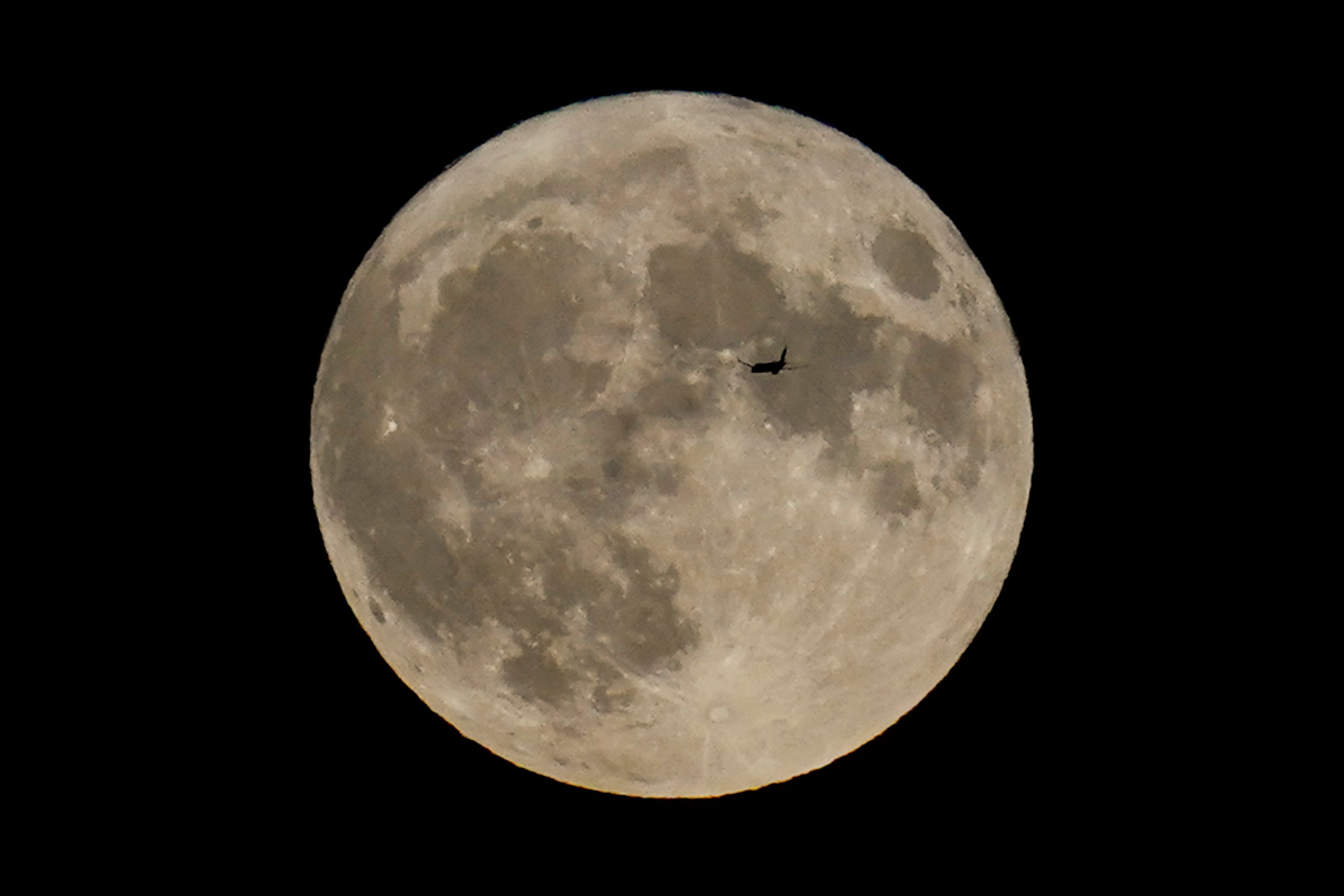Why are scientists talking about a tunnel on the moon – and could we really live in it?
Astronauts could hide out in caves under the lunar surface to avoid its harsh environment

The first confirmation of caves on the Moon could also be the beginning of long-term habitation on the lunar surface.
That’s according to the scientists who made the discovery, and have said that the tunnel could be one of hundreds across the Moon. Those could eventually be a useful home for astronauts who are travelling to the surface, they say.
The cave was found beneath a pit by an Italian-led team. They used old data taken from Nasa’s Lunar Reconnaissance Orbiter that suggests that there is a cave that can be accessed through the Moon’s biggest pit.
In all, more than 200 of those pits have been found. Researchers speculate that many of them could have similar caves underneath them.
Those could even connect to potential tunnels underneath the surface – formed naturally by the flow of lava.
The pit was actually found not far from where Neil Armstrong and Buzz Aldrin landed on the Moon to become the first ever humans on its surface, some 55 years ago.
They spent less than a day on the surface. But those that follow them in the future could spend much longer – and that could prove to be a problem.
Nasa and other space agencies hopes to return to the Moon for much longer in the future. That could include turning it into something of a station for the journey further into the solar system – so that astronauts could stop off as they head to Mars, for instance.
But those long journeys will be dangerous, because of the extremely harsh environment on the Moon.
In the sunlight, it can be incredibly hot, at 127 degrees Celsius; in the shadow of the other side of the Moon, it can drop to minus 173 degrees. Cosmic and solar radiation can be 150 times more powerful on the lunar surface than it is here on Earth, and there is the constant danger that asteroids could collide with astronauts or their equipment.
As such, any future habitation will require safe zones that can serve as some protection from that harsh environment. The caves could be exactly that, allowing astronauts to take cover in the natural safety they provide.
Astronauts may need to reinforce the cave walls and build their habitats inside of them. But even that would allow them to take less material up to space – important when extra weight is so expensive and time-consuming.
The caves might also prove a useful way of better understanding the Moon. The rocks that are found there will not have been damaged by the harsh conditions of the Moon, potentially allowing scientists to examine its history.
Researchers hope they can find more of those caves, both for scientific and exploratory reasons. Most of the ones found so far are in the Moon’s ancient lava plains – but there might be some around the Moon’s south pole, where Nasa intends to land later this decade.
Craters there, in the shade and hidden from the Sun, might also hold frozen water. That could be an important resource for future astronauts, who will be able to use it not only for drinking water but also fuel, and another way of keeping costs of future missions down.
Join our commenting forum
Join thought-provoking conversations, follow other Independent readers and see their replies
Comments
Bookmark popover
Removed from bookmarks